How many times have you asked yourself: what is this pig thinking?
How many times have you asked yourself: what is this pig thinking? They don’t have to talk to us to communicate their needs. The simple observation of their behavior provides valuable information about their health and well-being, guiding us so that we can best meet their requirements. Sometimes, the daily routine can make us miss […]

How many times have you asked yourself: what is this pig thinking?
They don’t have to talk to us to communicate their needs. The simple observation of their behavior provides valuable information about their health and well-being, guiding us so that we can best meet their requirements.
Sometimes, the daily routine can make us miss warning signs that can be useful to detect anomalies on the farm, being important to be aware of them in order to find solutions as soon as possible.
What are these signs?
Posture
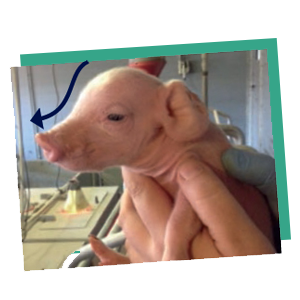
Tears with blood
The scientific term for this phenomenon is chromodacryorrhea. It is not real blood, but a phenomenon that occurs when the pig is stressed, so that a gland under the eyelid begins to release fluid, leaving a brown halo around the eye.
If more than 10% of pigs have these spots, it’s an indication of a stress problem
Tail biting
When pigs are stressed, they can react in two ways: aggressively or by being passive and withdrawn.
Studies show that when tail (or flank) bites occur, there will be visible marks for about 1 week before more severe injuries appear.
During this week, it is possible to identify and correct the stressor, preventing this behavior from leading to more serious injuries.
Meconium in newborn piglets
Meconium spots (first stools) may indicate that the piglet has been stressed during birth. Among the possible causes of this phenomenon, it is worth mentioning the prolongation of labor.
The increase in litter size has meant a prolongation of labor and if the piglets are stressed during this process, they may defecate and inhale the meconium, causing respiratory problems at birth.
Exaggerated exploratory behavior
Pigs normally sleep for 18-20 hours/day. If increased activity and exploratory behavior is observed, it could be a sign of stress.
Subscribe now to the technical pig magazine
AUTHORS

Bifet Gracia Farm & Nedap – Automated feeding in swine nurseries

The importance of Water on pig farms
Fernando Laguna Arán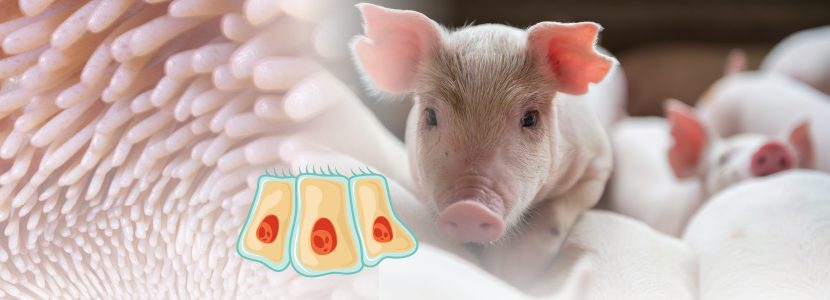
Microbiota & Intestinal Barrier Integrity – Keys to Piglet Health
Alberto Morillo Alujas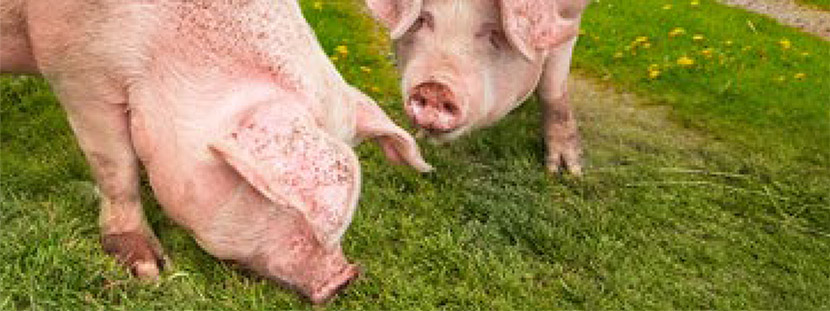
Impact of Reducing Antibiotic use, the Dutch experience
Ron Bergevoet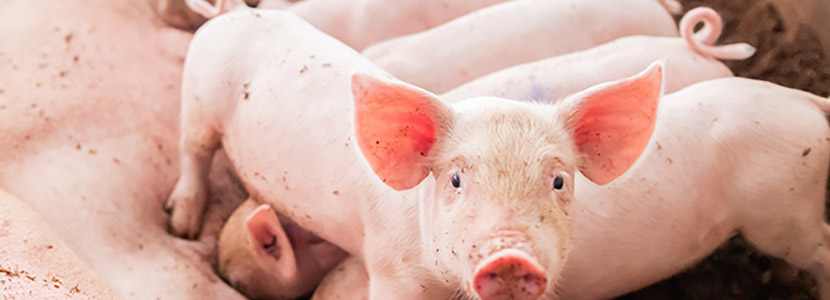
The keys to successful Lactation in hyperprolific sows
Mercedes Sebastián Lafuente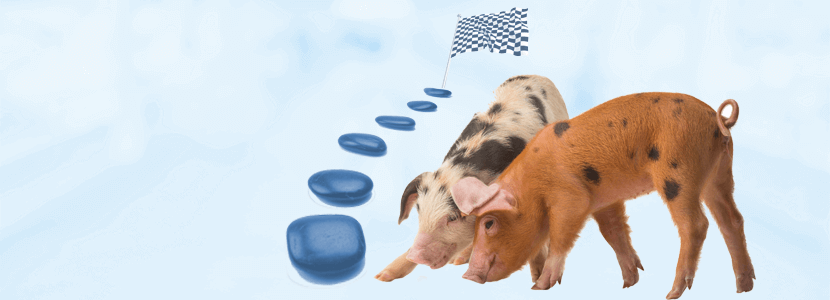
Addressing the challenge of Management in Transition
Víctor Fernández Segundo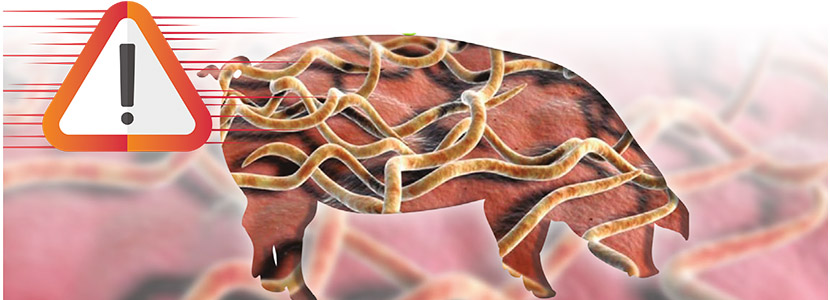
Dealing with the rise of Swine Dysentery
Roberto M. C. Guedes
Actinobacillus pleuropneumoniae – What are we dealing with?
Marcelo Gottschalk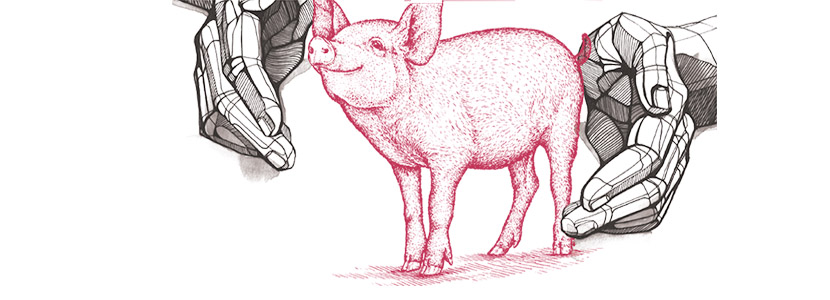
The new era of Animal Welfare in Pig Production – Are we ready?
Antonio Velarde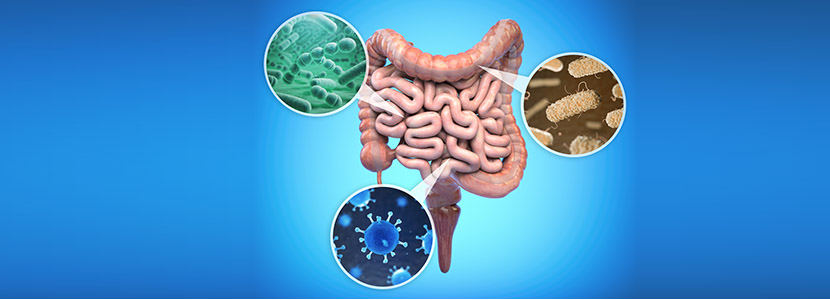
Gut health in piglets – What can we do to measure and improve it?
Alberto Morillo Alujas
Interview with Cristina Massot – Animal Health in Europe after April 2021
Cristina Massot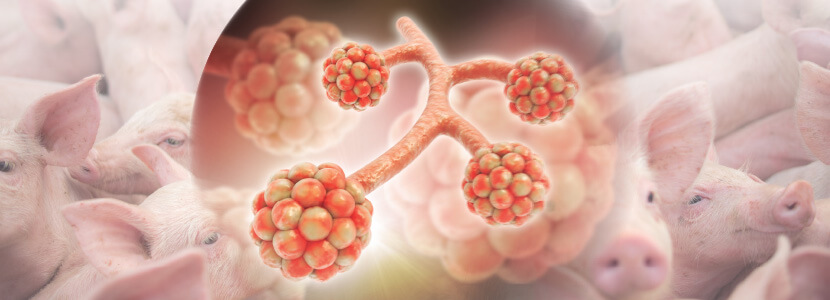
Differential diagnosis of respiratory processes in pigs
Desirée Martín Jurado Gema Chacón Pérez